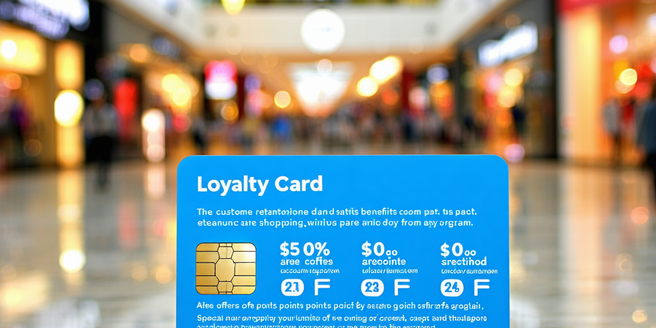
The Basics of Reward Points Systems
Reward points systems are loyalty programs designed to encourage repeat business by offering consumers points for purchases that can be redeemed for various rewards. These programs are prevalent in industries such as retail, travel, and hospitality. Customers accrue points by making purchases or utilizing services offered by the company. Over time, these points can be exchanged for discounts, products, or experiences. The primary goal is to foster customer loyalty and incentivize higher spending. Businesses often structure their reward points systems to offer more significant rewards at higher point levels, thereby encouraging ongoing engagement. Understanding the mechanics of these systems can help consumers make informed decisions about where to spend their money to maximize potential rewards.
How Reward Points Valuation Works
Reward points valuation involves determining the worth of accumulated points in terms of actual savings or benefits. Each program assigns a specific value to points, often varying significantly between companies. Some programs use a standard conversion rate, where each point equates to a fixed monetary value. Others have tiered or dynamic valuations, depending on factors like product or service categories. Understanding how reward points are valued is crucial in determining the real benefits of participating in such programs. Consumers need to consider redemption options; a point might have different values when redeemed for cash discounts, travel bookings, or merchandise. By evaluating these aspects, users can use their points strategically and ensure they’re getting the most value possible.
Factors Influencing Reward Points Value
Several factors can influence the value of reward points. Firstly, redemption flexibility plays a significant role; programs offering multiple redemption options typically provide more value. Secondly, the ease of accruing points can impact perceived value; programs with favorable earning rates can offer quicker pathways to rewards. Thirdly, devaluation risks must be considered, as companies might adjust the value of points, reducing their purchasing power. Fourthly, the frequency of bonus point promotions can enhance value, allowing users to accumulate points faster during special offers. Lastly, availability and desirability of rewards can affect value perception; if the rewards aren’t appealing or accessible, the points may seem less valuable. Knowing these factors helps participants choose programs that align with their spending habits and reward preferences.
Comparing Reward Points Across Programs
When comparing reward points across programs, several elements should be considered. Start by evaluating the points earning rate; how many points are earned per dollar spent. Next, review redemption options and their corresponding value. Some programs might offer exclusive benefits, such as travel upgrades or premium experiences. It’s also essential to examine any associated fees, like annual membership costs, which can affect the overall value. Another aspect is the expiration policy, as points with longer validity provide more flexibility. Consider the company’s reputation for customer service, which can influence the user experience. By comparing these facets, consumers can identify which programs offer the best overall value and meet their specific needs, ensuring they reap maximum rewards for their loyalty.
Maximizing Benefits from Reward Points
To maximize benefits from reward points, consumers should be strategic in how they earn and redeem points. Joining multiple programs but concentrating on those that align with personal spending patterns can be effective. Taking advantage of sign-up bonuses or special promotions can accelerate point accumulation. Planning large or essential purchases through reward-earning channels ensures maximum benefits. It’s also beneficial to periodically review point balances and redemption options to prevent expiry and capitalize on high-value rewards. Consumers should also stay informed about changes to program terms and conditions. Using points for experiences or products offering the highest value-to-cost ratio maximizes the benefits derived. By being proactive and informed, consumers can navigate these systems efficiently and enhance the value of their reward points.
